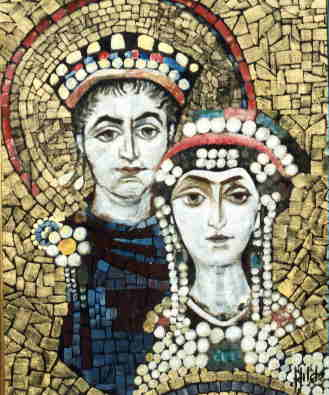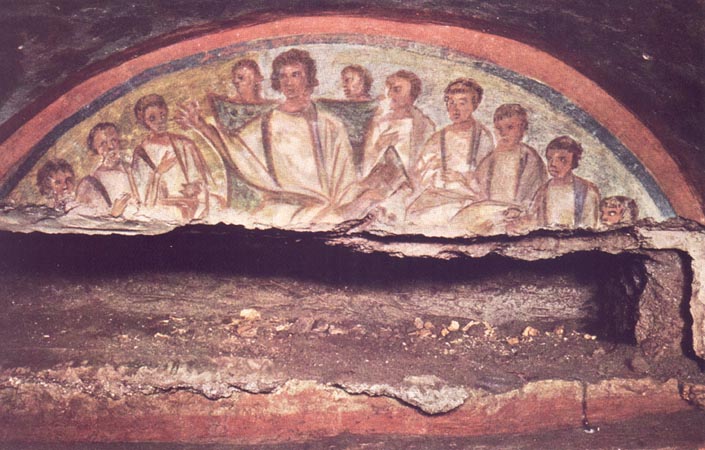Both Sui and Tang dynasties were ruled by rulers who were partly nomadic.
The Sui and Tang families were not Han Chinese and came from northwestern China away from the Chinese heartland.
The collapse of the Sui and Tang dynasties were similar. Sui collapsed because the rulers ruthlessly imposed harsh taxes and dangerous construction projects on the people, which stirred disloyalty and frequent rebellion. Tang also ended due to the An Lushan Rebellion.
A difference between the dynasties was that the Tang held power much longer than the Sui did. The Sui dynasty only lasted thirty-six years while the Tang dynasty lasted almost three hundred. The Tang dynasty is considered a high point in Chinese civilizations, while Sui was only a short-lived, harsh, and ineffective dynasty like the Qin.
Another difference was that the Tang dynasty had an empress and the Sui never had a woman ruling. Empress Wu gained the throne by marrying into the royal family and ruled through Buddhism. However, Sui only had three male rulers.



 "No immature students, no exhausting papers to grade, no waking up at 5:30 in the morning... This is paradise," said Rakestraw to Anne as they looked at the magnificent beach view from their luxurious suite. The next day, they decided to go wakeboarding in the ocean. The water was especially clear and the weather was spot on. Starting the boat and driving far from the shore, Rakestraw and Anne were enjoying the salty breeze of the Caribbean. However, they, and the hundreds of other tourists and honeymooners on the beach, did not know the dangers that would come. While baking under the sun for a golden tan, Rakestraw noticed that the sun was no longer as intense and that the sky was getting darker. Rain began to pour as thunder rumbled in the sky. Suddenly, a huge wave overturned the boat, crushing it to bits. Rakestraw and Anne were tossed off the boat and into the salty sea. The wild maelstrom gulped the two little people, and soon enough, they were floating in the middle of the ocean. Rakestraw spotted a plank and held on to it while searching for Anne. Five minutes later, her head popped out of the water, and she grabbed onto the plank. The plank, however, was only large enough to fit one person. With much difficulty, Anne managed to climb on the plank, while Rakestraw was struggling to climb on. "This won't work!" he said, "Only one of us can sit on it." So, Rakestraw sacrificed himself to die and let his wife float back to shore.
"No immature students, no exhausting papers to grade, no waking up at 5:30 in the morning... This is paradise," said Rakestraw to Anne as they looked at the magnificent beach view from their luxurious suite. The next day, they decided to go wakeboarding in the ocean. The water was especially clear and the weather was spot on. Starting the boat and driving far from the shore, Rakestraw and Anne were enjoying the salty breeze of the Caribbean. However, they, and the hundreds of other tourists and honeymooners on the beach, did not know the dangers that would come. While baking under the sun for a golden tan, Rakestraw noticed that the sun was no longer as intense and that the sky was getting darker. Rain began to pour as thunder rumbled in the sky. Suddenly, a huge wave overturned the boat, crushing it to bits. Rakestraw and Anne were tossed off the boat and into the salty sea. The wild maelstrom gulped the two little people, and soon enough, they were floating in the middle of the ocean. Rakestraw spotted a plank and held on to it while searching for Anne. Five minutes later, her head popped out of the water, and she grabbed onto the plank. The plank, however, was only large enough to fit one person. With much difficulty, Anne managed to climb on the plank, while Rakestraw was struggling to climb on. "This won't work!" he said, "Only one of us can sit on it." So, Rakestraw sacrificed himself to die and let his wife float back to shore.


